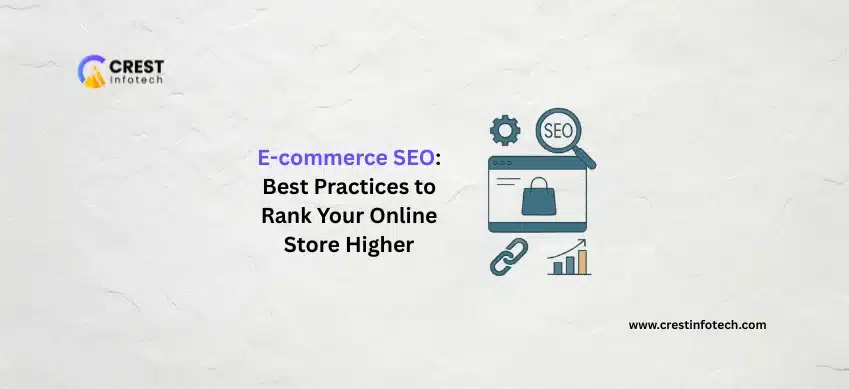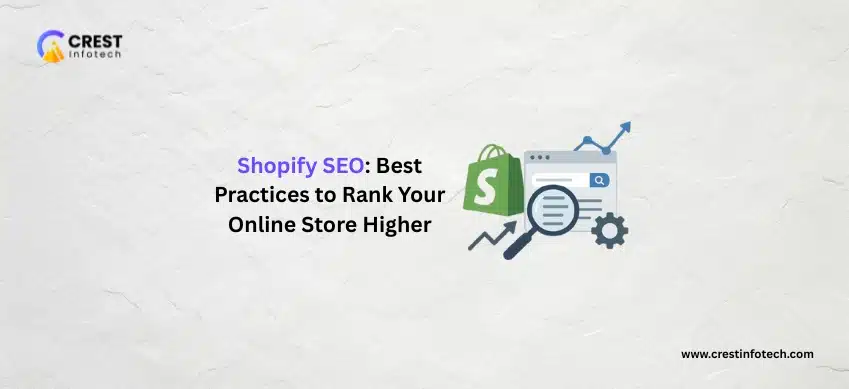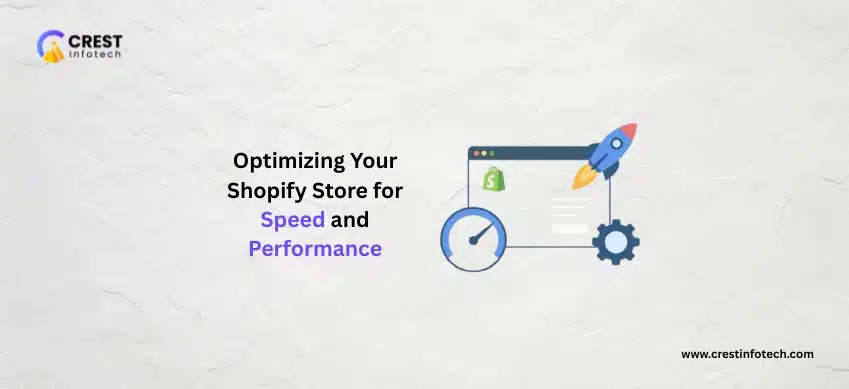Running an online store is more than just listing products — it’s about making sure potential customers can actually find them. That’s where E-commerce SEO (Search Engine Optimization) comes into play. By following some best practices, you can drive more organic traffic, improve visibility, and increase your chances of turning visitors into loyal customers.
Below are the most effective SEO strategies tailored specifically for e-commerce websites.
1. Optimize Product Pages with Relevant Keywords
Each product page should target specific, relevant keywords that your ideal customers are searching for. This includes optimizing:
- Product titles
- Meta descriptions
- URLs
- Image alt text
- Product descriptions
Use tools like Google Keyword Planner, Ahrefs, or SEMrush to discover high-intent keywords and integrate them naturally.
2. Improve Site Architecture for Better Crawling
A clear and organized site structure helps both users and search engines navigate your store efficiently. Best practices include:
- Keeping URLs short and descriptive
- Using breadcrumb navigation
- Creating a flat site structure (within 3 clicks from homepage)
- Submitting an XML sitemap to Google Search Console
3. Write Unique Product Descriptions
Avoid copying manufacturer descriptions. Instead:
- Write clear, concise, and persuasive descriptions
- Include target keywords naturally
- Highlight product benefits, features, and use cases
4. Optimize for Mobile and Page Speed
Since Google uses mobile-first indexing, your site must be responsive and fast:
- Compress images
- Use lazy loading
- Minimize code (HTML, CSS, JavaScript)
- Consider using a CDN
Use tools like Google PageSpeed Insights and GTmetrix for analysis.
5. Implement Schema Markup for Rich Snippets
Structured data allows Google to display rich results like product ratings, price, and availability. Use:
- Schema.org
- Plugins for platforms like Shopify or WooCommerce
6. Leverage User Reviews and Ratings
User reviews add fresh content and improve trust. Make sure:
- You encourage customers to leave reviews
- Reviews are crawlable (not hidden via JavaScript)
7. Build High-Quality Backlinks
Backlinks remain a top ranking factor. You can earn them by:
- Collaborating with influencers
- Submitting to niche directories
- Writing guest posts
- Getting featured in industry roundups
Prioritize quality over quantity.
8. Avoid and Fix Duplicate Content Issues
Duplicate content can hurt rankings. To prevent this:
- Use canonical tags
- Block indexing of filtered or search result pages
- Create unique content for variants when possible
9. Monitor and Improve SEO Performance
Use SEO tools to track progress and refine strategy. Key tools include:
- Google Search Console
- Google Analytics
- Ahrefs
- SEMrush
Final Thoughts
E-commerce SEO isn’t a one-time task — it’s an ongoing effort. By optimizing pages, improving structure, leveraging reviews, and building authority, your online store will gain better visibility and attract more customers.
Remember: Better SEO = More Traffic = Higher Sales.



